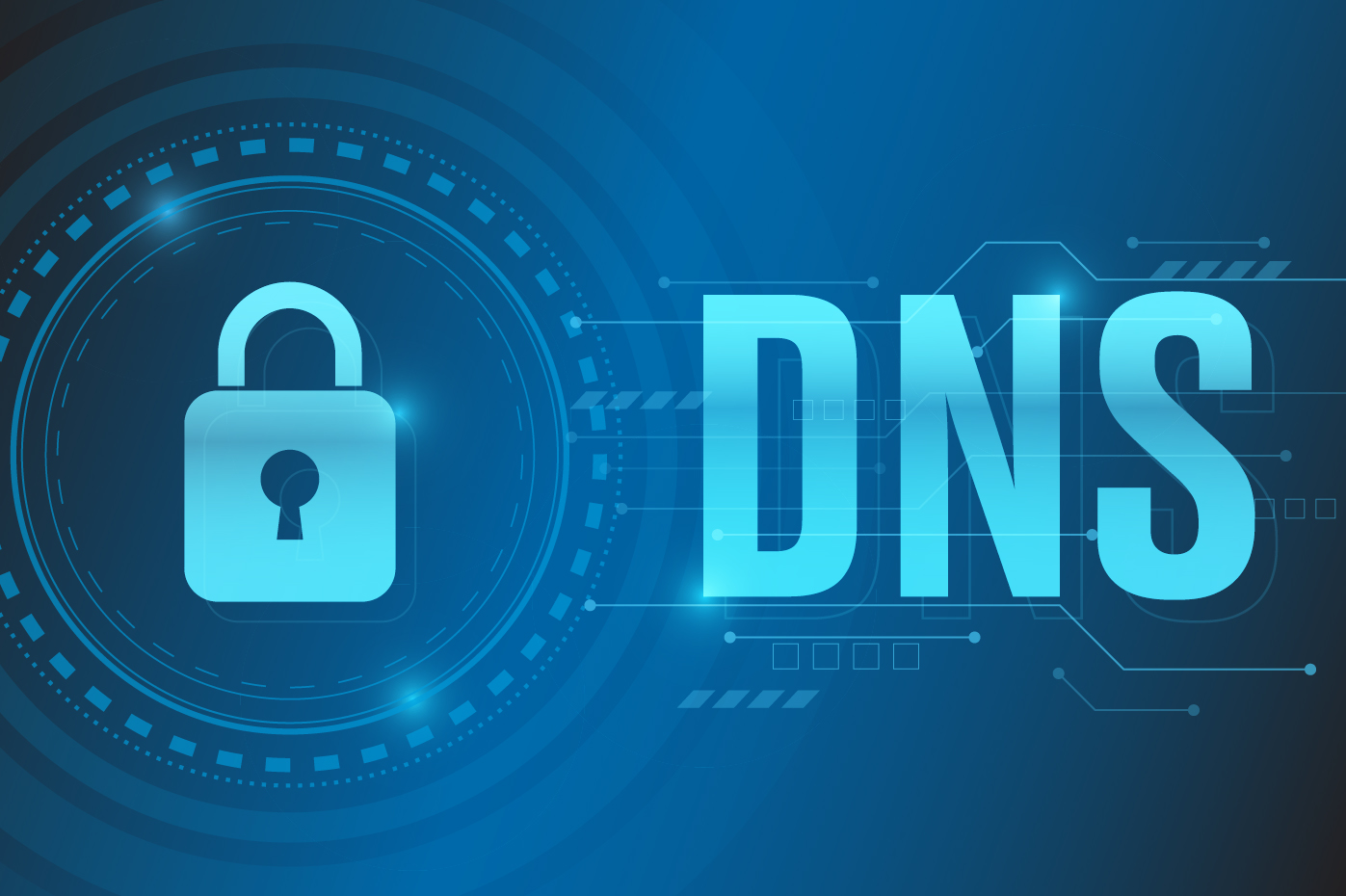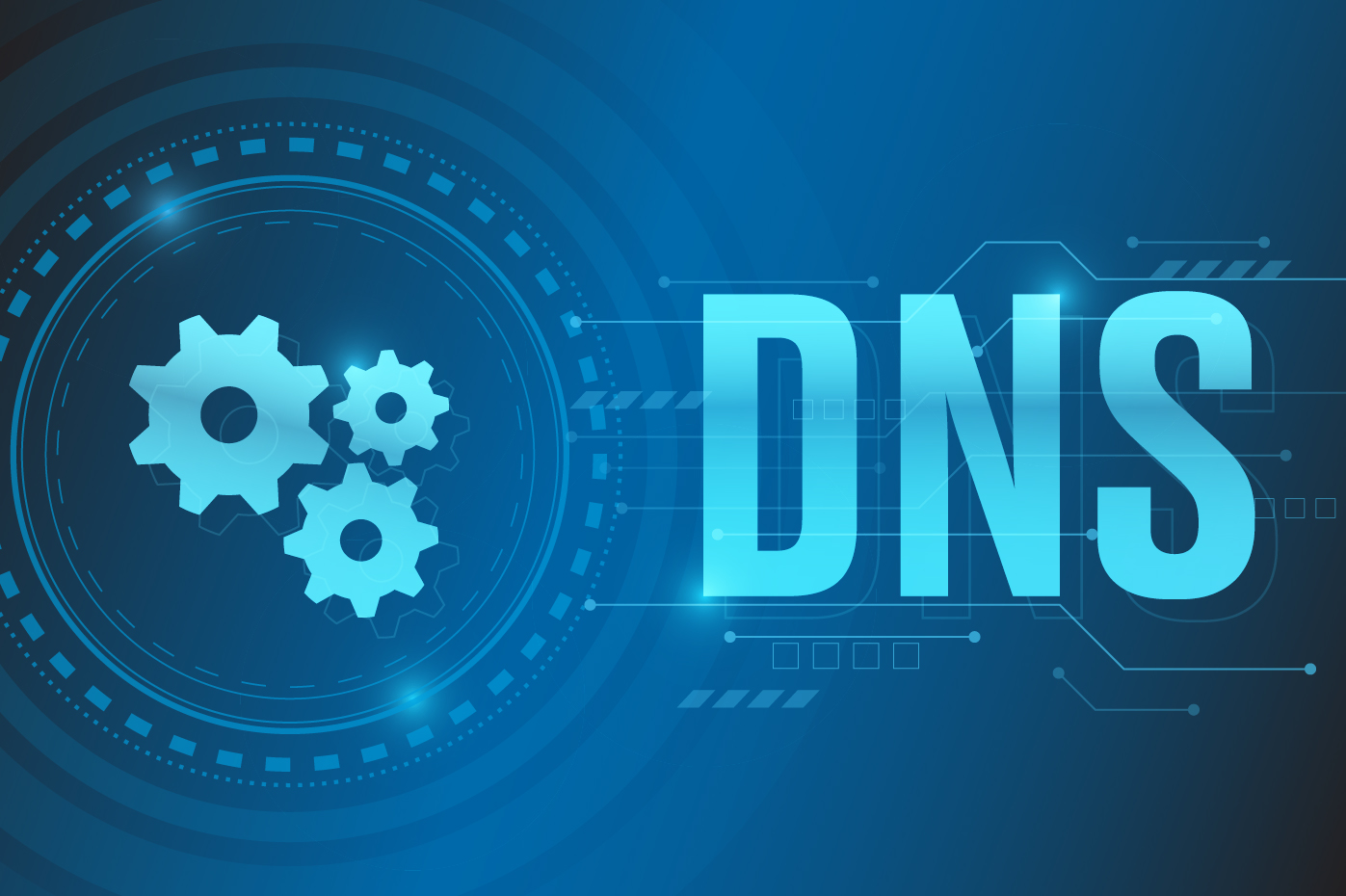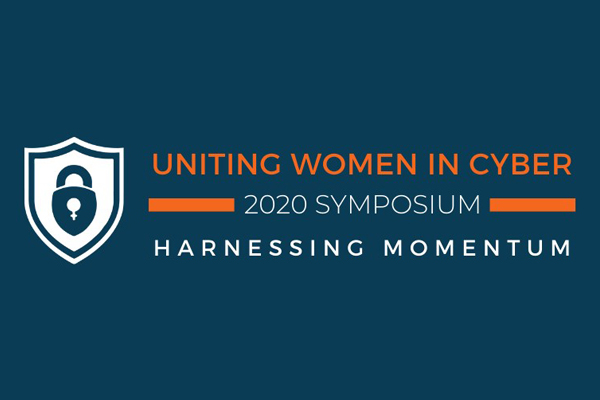This is the final in a multi-part series on cryptography and the Domain Name System (DNS).
In previous posts in this series, I’ve discussed a number of applications of cryptography to the DNS, many of them related to the Domain Name System Security Extensions (DNSSEC).
In this final blog post, I’ll turn attention to another application that may appear at first to be the most natural, though as it turns out, may not always be the most necessary: DNS encryption. (I’ve also written about DNS encryption as well as minimization in a separate post on DNS information protection.)
(more…)








